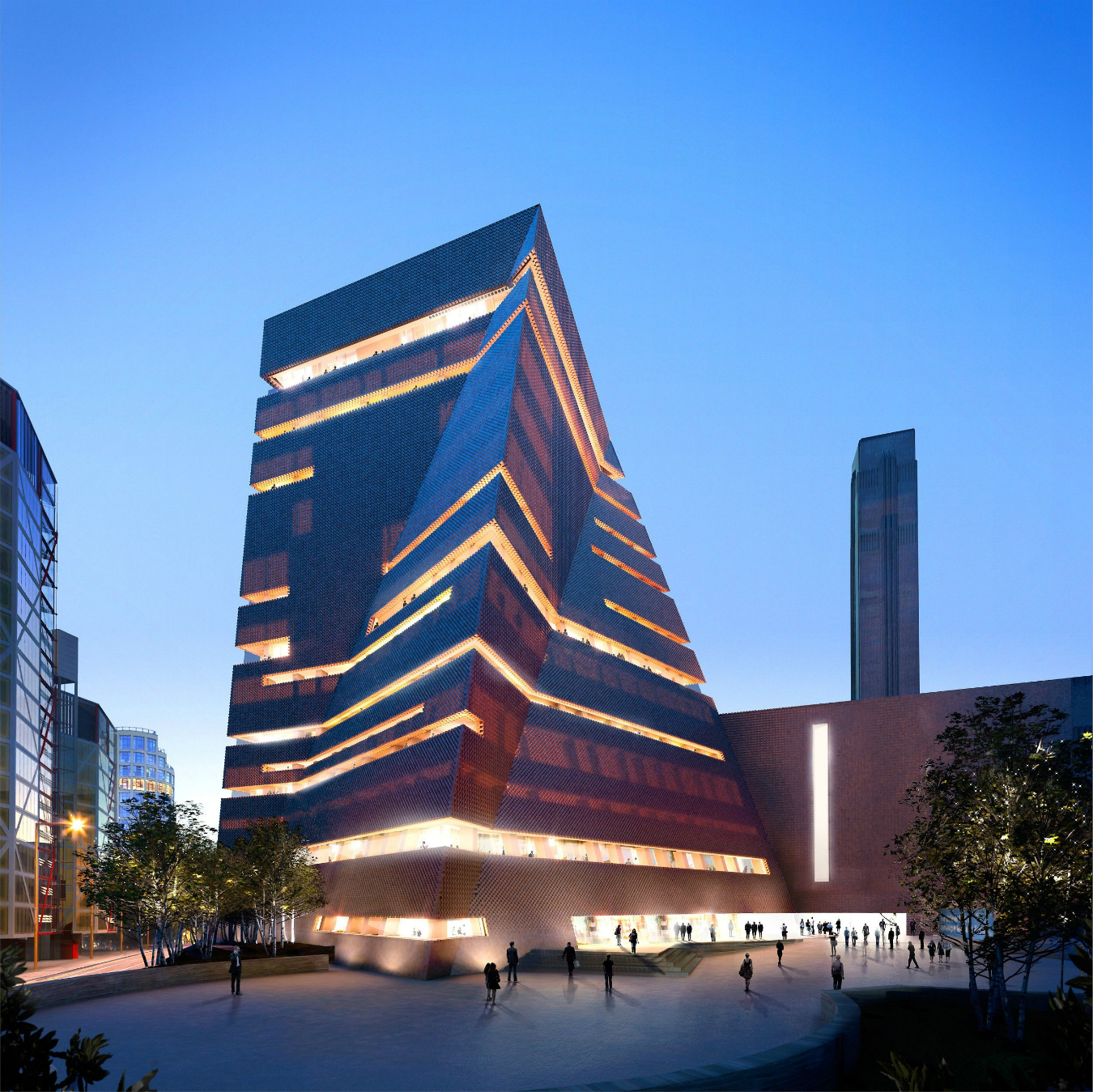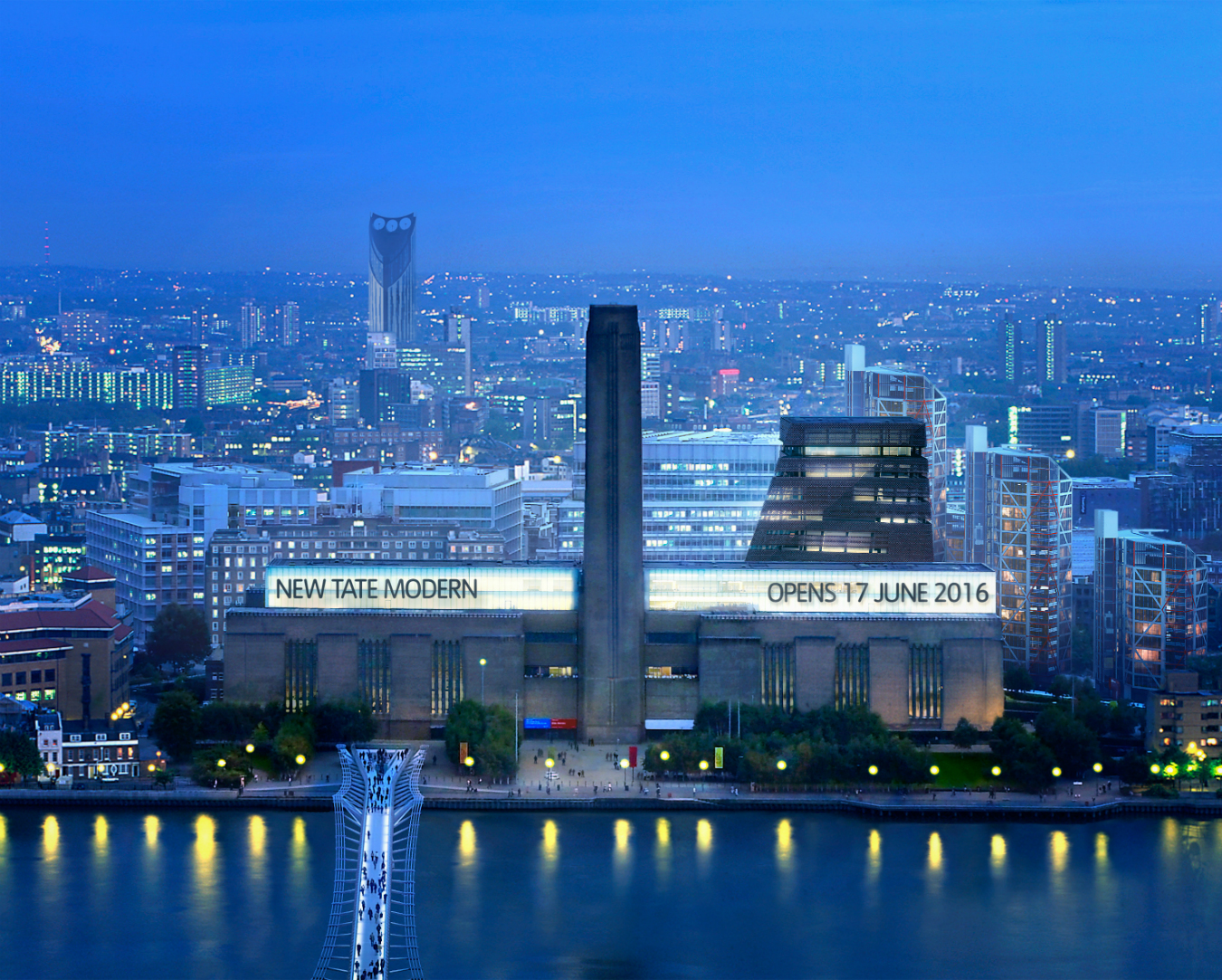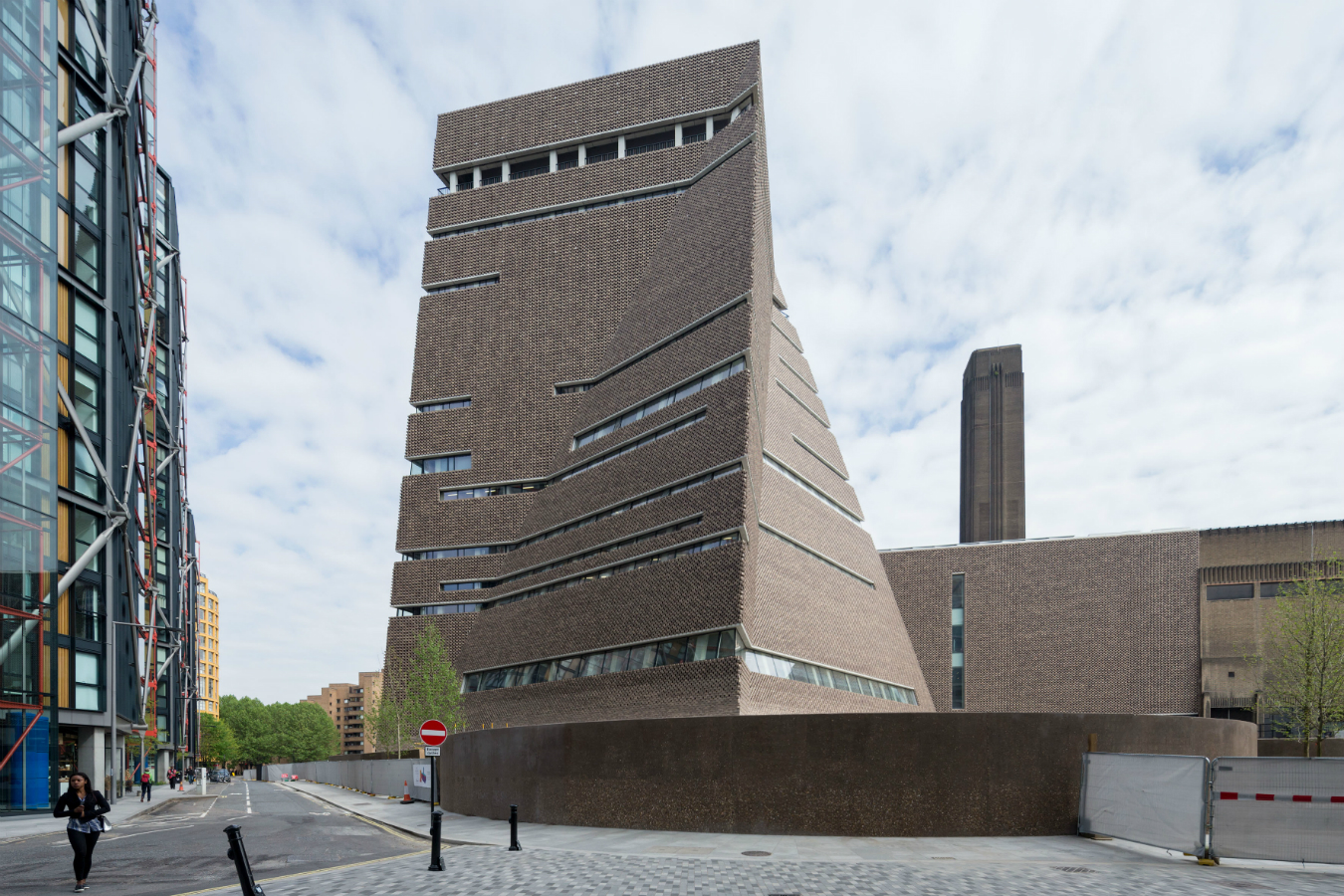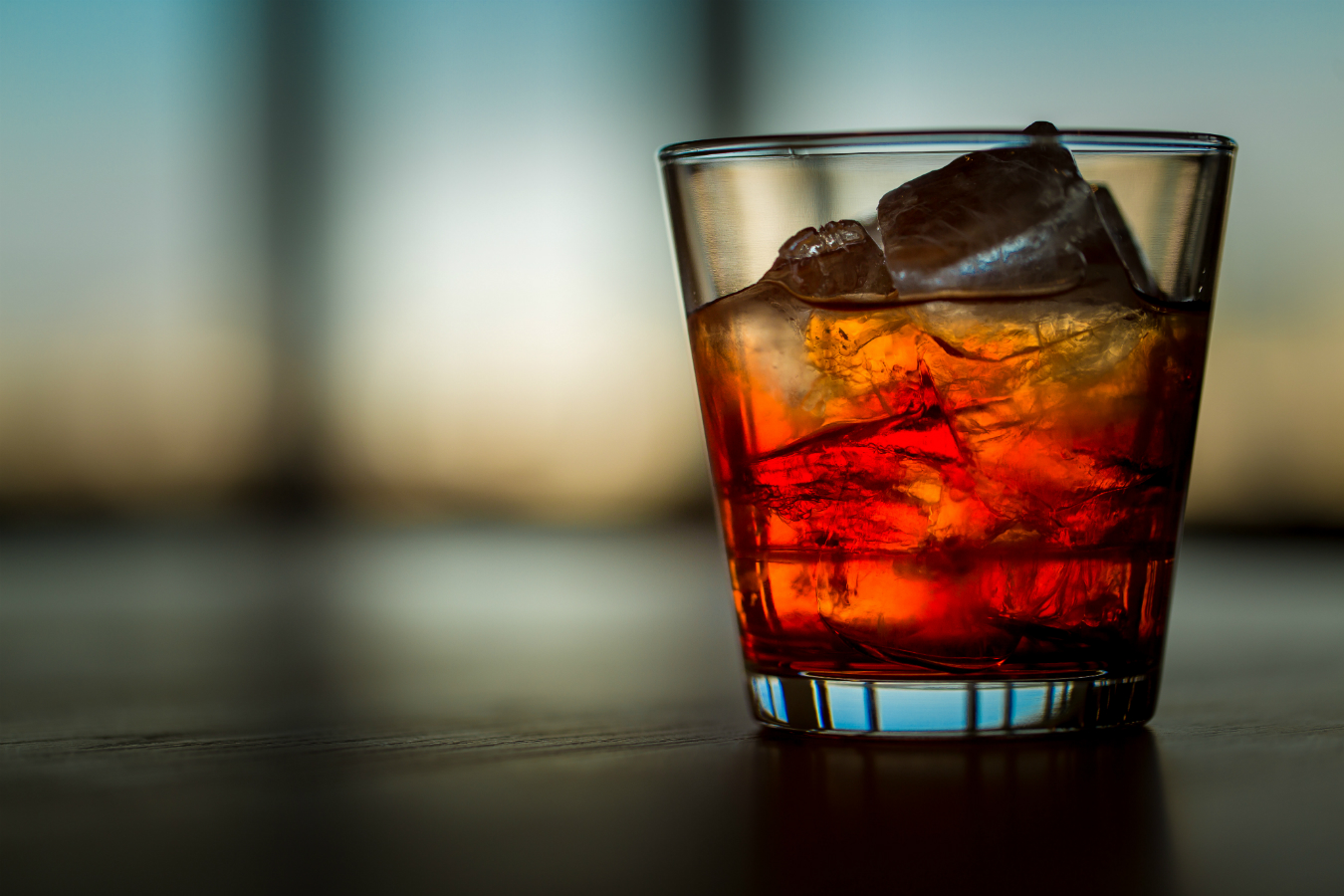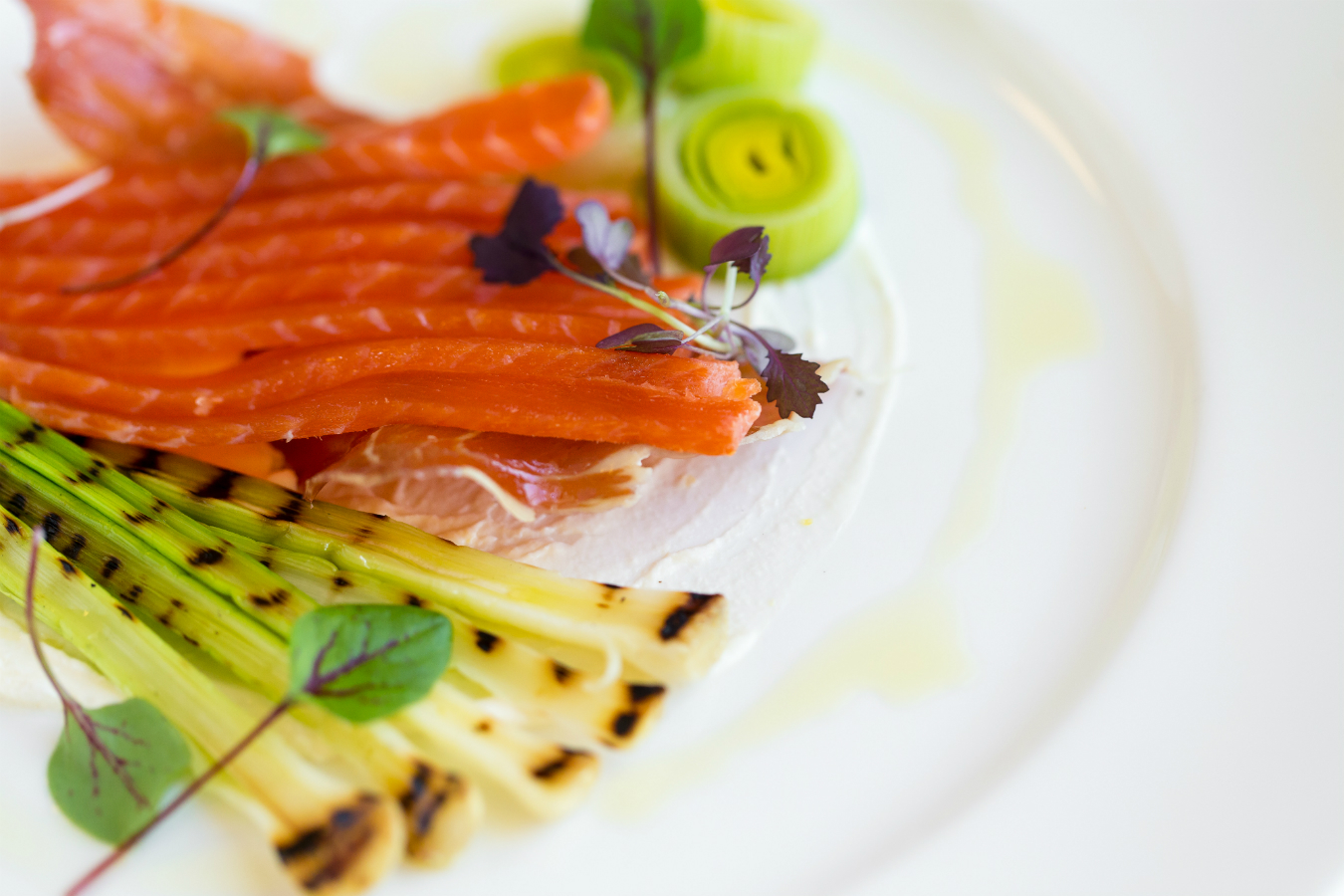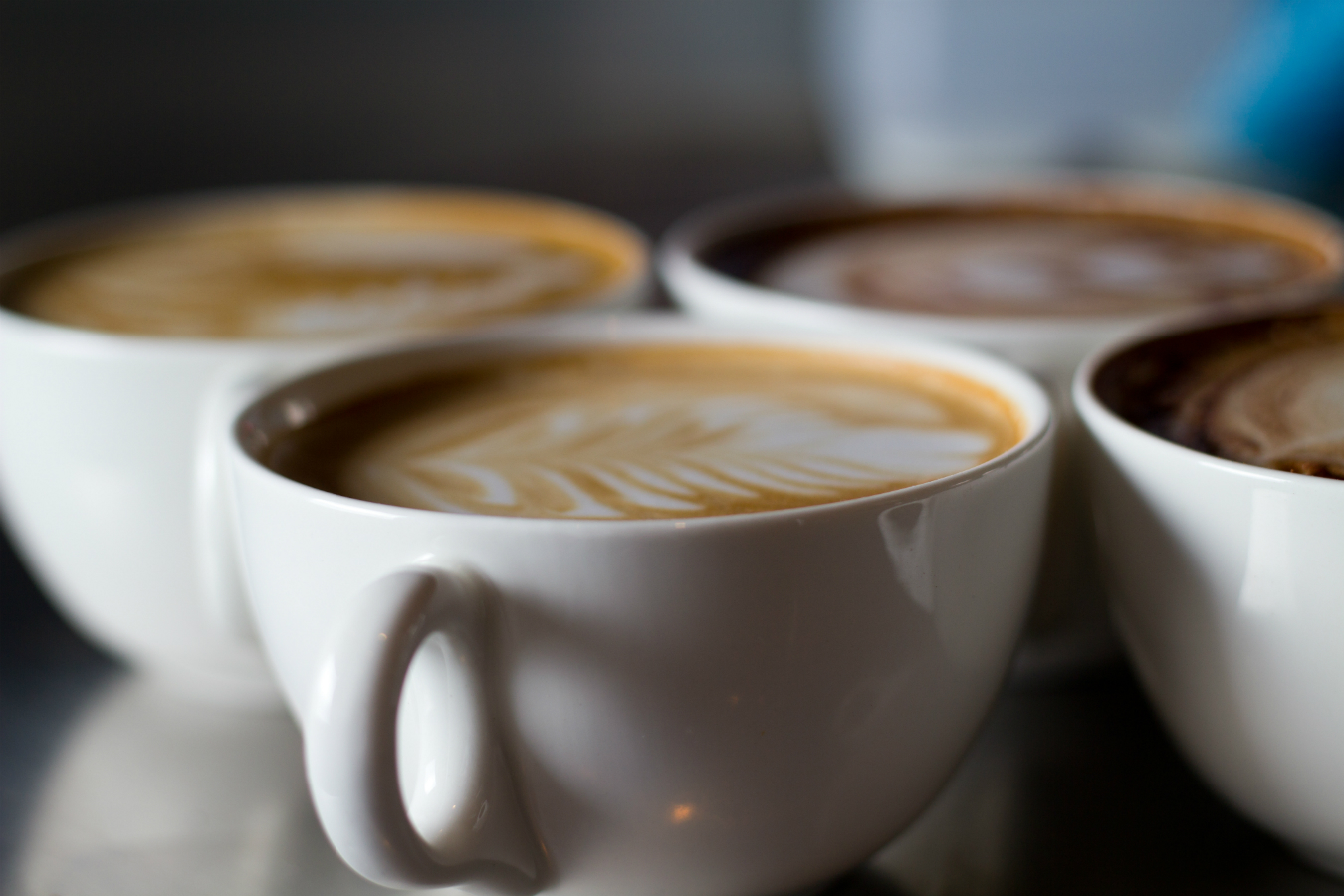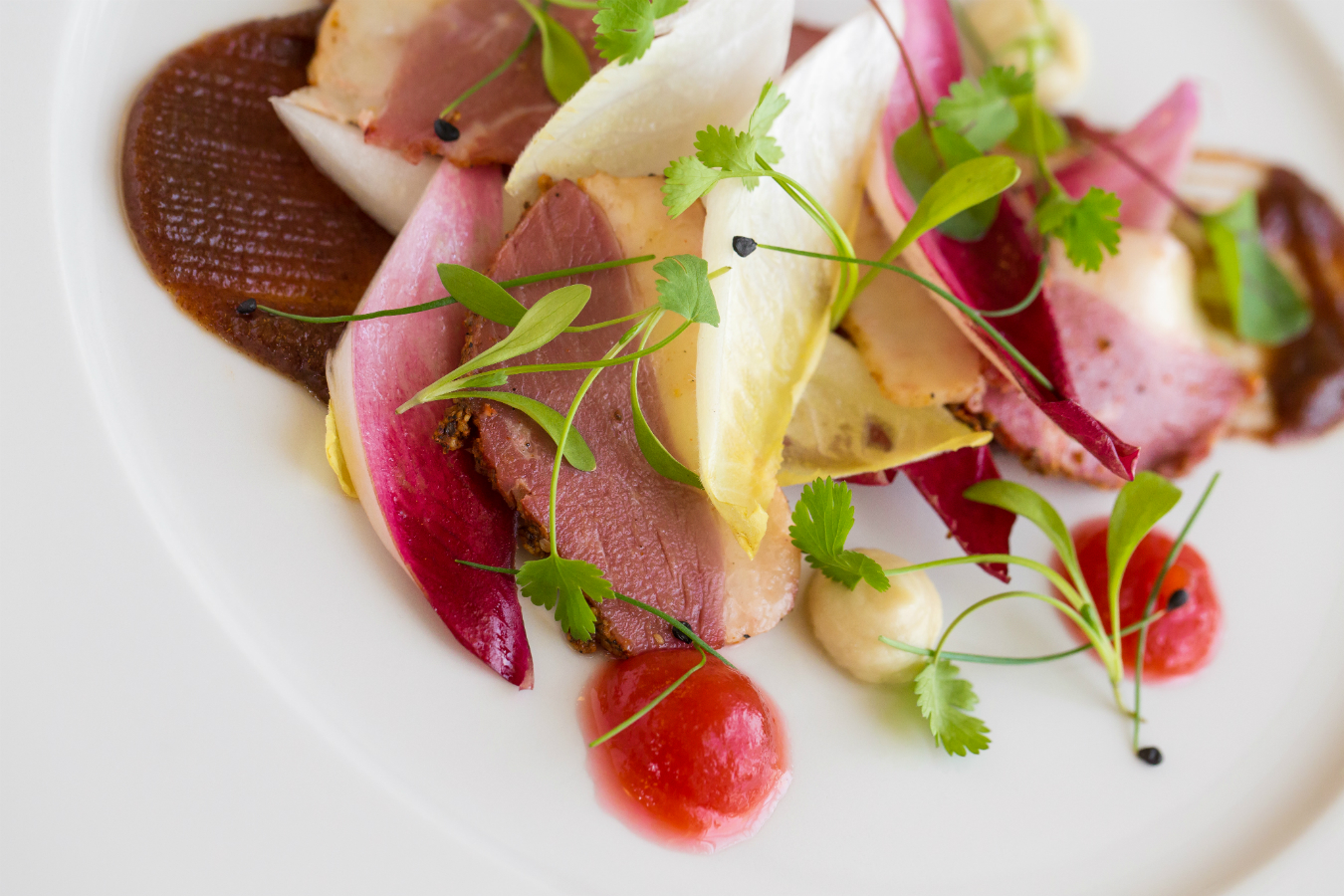“I am making art,” chants a man in blue jeans and a black T-shirt, over and over again, while moving his arms to the rhythm of his words in the depths of the new Tate Modern in London. He is performing a piece by Romanian artists Alexandra Pirici and Manuel Pelmus in the Tate Tanks—a place that once held oil in the former Bankside Power Station but is now the world’s first museum space dedicated to live art. The Tate Tanks are located below the Tate Modern’s highly anticipated 10-storey Switch House, which opened earlier this month and expanded the world’s most attended contemporary art gallery by 60 per cent.
“We are really giving art what it needs,” says Ann Coxon, the museum’s curator of displays and international art. “Artists since the 1960s have been working with live, action, and performance art, and what we are doing is accommodating the changes in contemporary art practice—moving with what artists are making and also exploring through our collection displays the reasons for making art.” The £260-million expansion is 12 years in the making, as attendance to the museum reached five million visitors annually—more than doubling the number for which it was designed. Tate Trustees gathered in 2004 and decided to develop the Tate Tanks and add an extension to the existing six-storey Boiler House to accommodate the demand. This constant flow of people to the Tate Modern transformed London’s South Bank from a once dodgy area along the Thames into a bustling arts and tourism hub centered around the museum. “When we opened in 2000, no one ever really anticipated the volume of people who would visit and continue to visit on an annual basis,” says Coxon.
Switch House was designed by Herzog & de Meuron, the Swiss architecture firm responsible for transforming the derelict Bankside Power Station into the original Tate Modern. The new addition’s severe exterior has a resemblance of a modern pyramid with harsh, angular lines that have changed the South Bank’s skyline. Its 336,000 bricks adorning the outside and cavernous concrete interior are reminders of the site’s original purpose. The stark concrete walls continue into the public viewing platform on the 10th floor, which offers 360-degree views of London. A level below is the Tate Modern’s new 150-seat fine dining restaurant, which is blanketed in warm wood and plenty of natural light. The restaurant, and 100-seat bar on the second floor, follows the institution’s ethos of offering the finest local cuisine, including produce, meats, and fish from local butchers and fishmongers across the United Kingdom, and craft beer, gin, and coffee especially created for the museum.
The cuisine may be local, but the new Tate Modern has a strong focus on international art, with the completely re-hung collection featuring 800 works by more than 300 artists from over 50 countries. The most recent addition to the collection is a nearly seven-metre-tall sculpture of a tree by Chinese artist Ai Weiwei, which stands triumphantly in the massive concrete Turbine Hall connecting the two buildings. The international focus continues with Tate Exchange, a level of Switch House which has invited 50 organizations—including artists such as Guerrilla Girls—to participate in shaping events and projects that will use art as a way to address wider world issues.
One such issue is the equal representation of women in the arts. Half of the solo displays in the new Tate Modern are dedicated to female artists, including Louise Bourgeois, whom Canadians will be familiar with from her massive spider “Maman” outside of the National Gallery in Ottawa. The three-room exhibit includes a video interview with the artist and some of her iconic and often autobiographical sculptures from her seven-decade career.
The Tate Modern’s recent expansion is the next phase for one of the world’s most exciting cultural establishments. It proves that art has the power to, quite literally, bring millions of people together.
_________
The finer things: more from our Arts section.

